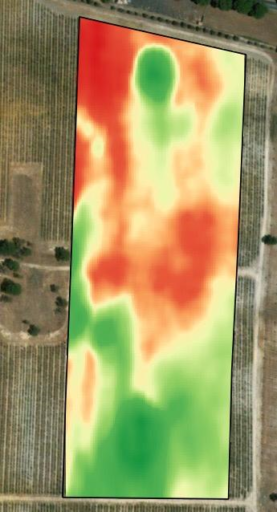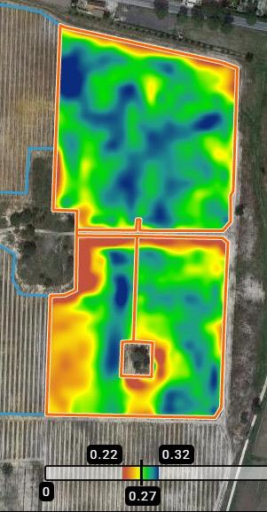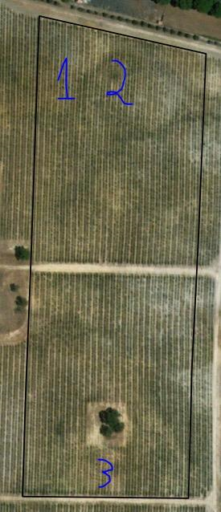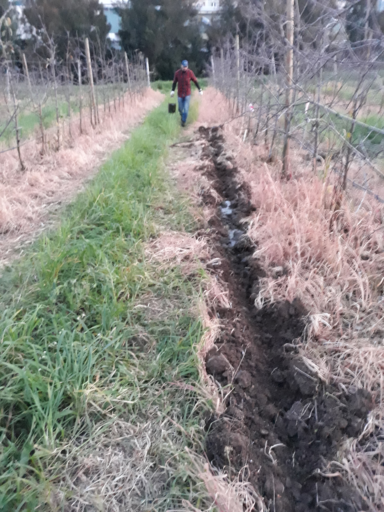Work activities from ISA
30/09/2020

Solution: Recovered Organic Materials and Composts for Precision Fertilization of Permanent Crops
In this first year of trials, we focused our work in two separate fields, an apple orchard and a vineyard. In the apple orchard, we evaluated the effects of organic materials application as partial substitution of mineral fertilizers. For that purpose, a trial was set up with four animal manure-based materials (MBM): cattle manure, poultry manure, cattle slurry, and acidified cattle slurry. In this field trial, the MBM was applied at 50 cm depth to replace 25% of the mineral N fertilization and a control treatment was also included. To evaluate the effects of the manure-based treatments, soil, leaves, and fruits were sampled and chemically analyzed, and fruit production was assessed.

Regarding fruit production, there were no significant differences between the manure-based treatments and the control, which is a good outcome, as we were expecting that the organic treatments could lower the production, compared to control. In fact, due to the slow release of nutrients in the organic materials, relatively to the mineral fertilizers, that effect can hinder the fruit productivity, and that possibility is a drawback to the implementation of this practice by farmers.


Regarding the vineyard trial, the main aim of the study during this first year was to evaluate the micro variability, regarding soil fertility. This knowledge could facilitate precision fertilization in future applications and, at the same time, potentiate the use of MBM in fertilization. Therefore, three areas were considered, with different levels of electric conductivity (EC) and vegetation index (NDVI), determined by remote sensing measurements. In all three areas, soil samples were collected in each row, at different distances from the plant, and in the inter-row of cultivation, at different distances from the row, resulting in 117 samples. The samples are being analyzed, but the preliminary results regarding P levels in the soil, which is a good indicator to assess the fertilization ability of the MBM, showed that its levels were higher in the inter-row of cultivation, disregarding distances, and in the Area1, where CE levels are low and NDVI levels are high.
Text Prepared by Catarina Esteves, Paula Alvarenga and David Fangueiro






 This project has received funding from the European Union’s Horizon 2020
This project has received funding from the European Union’s Horizon 2020